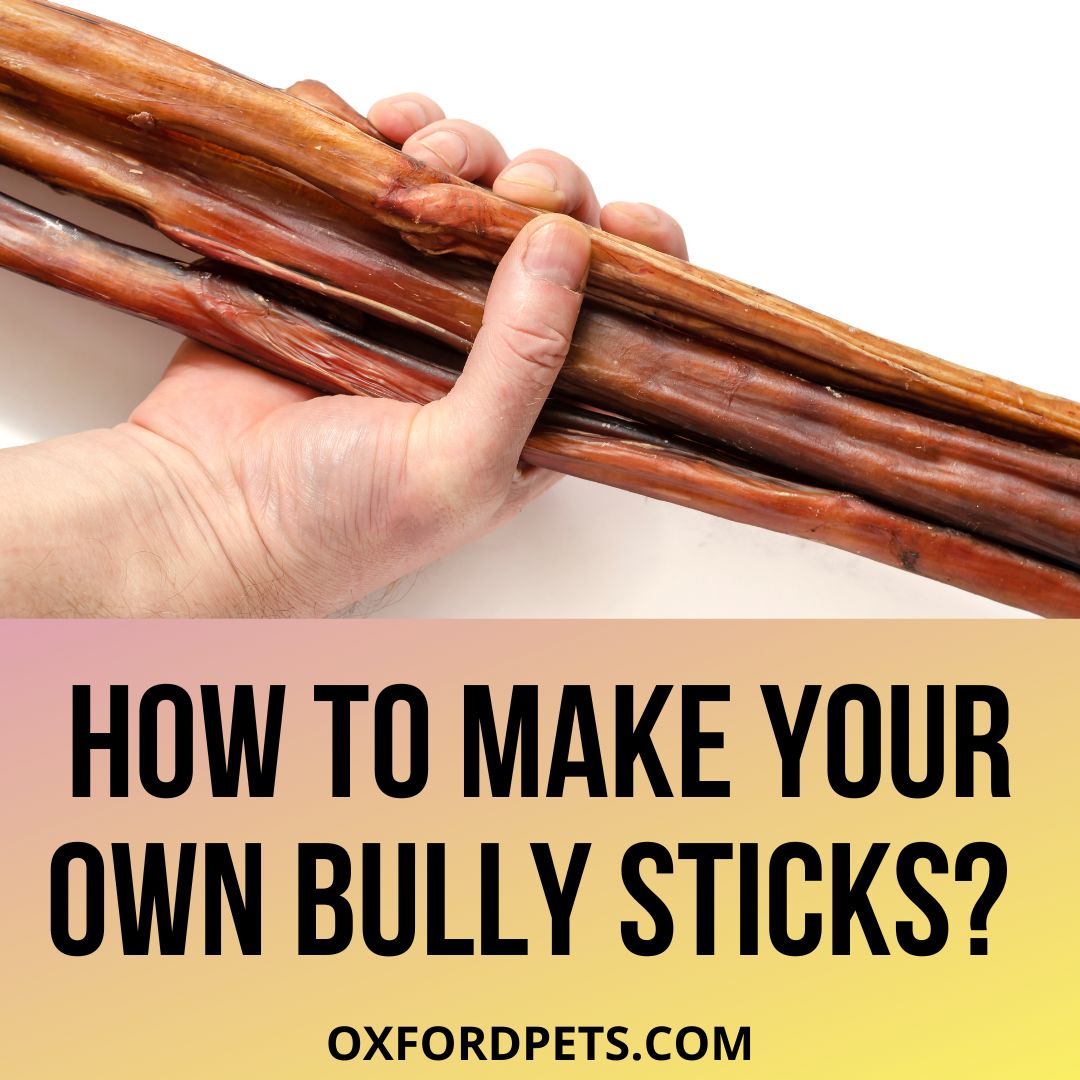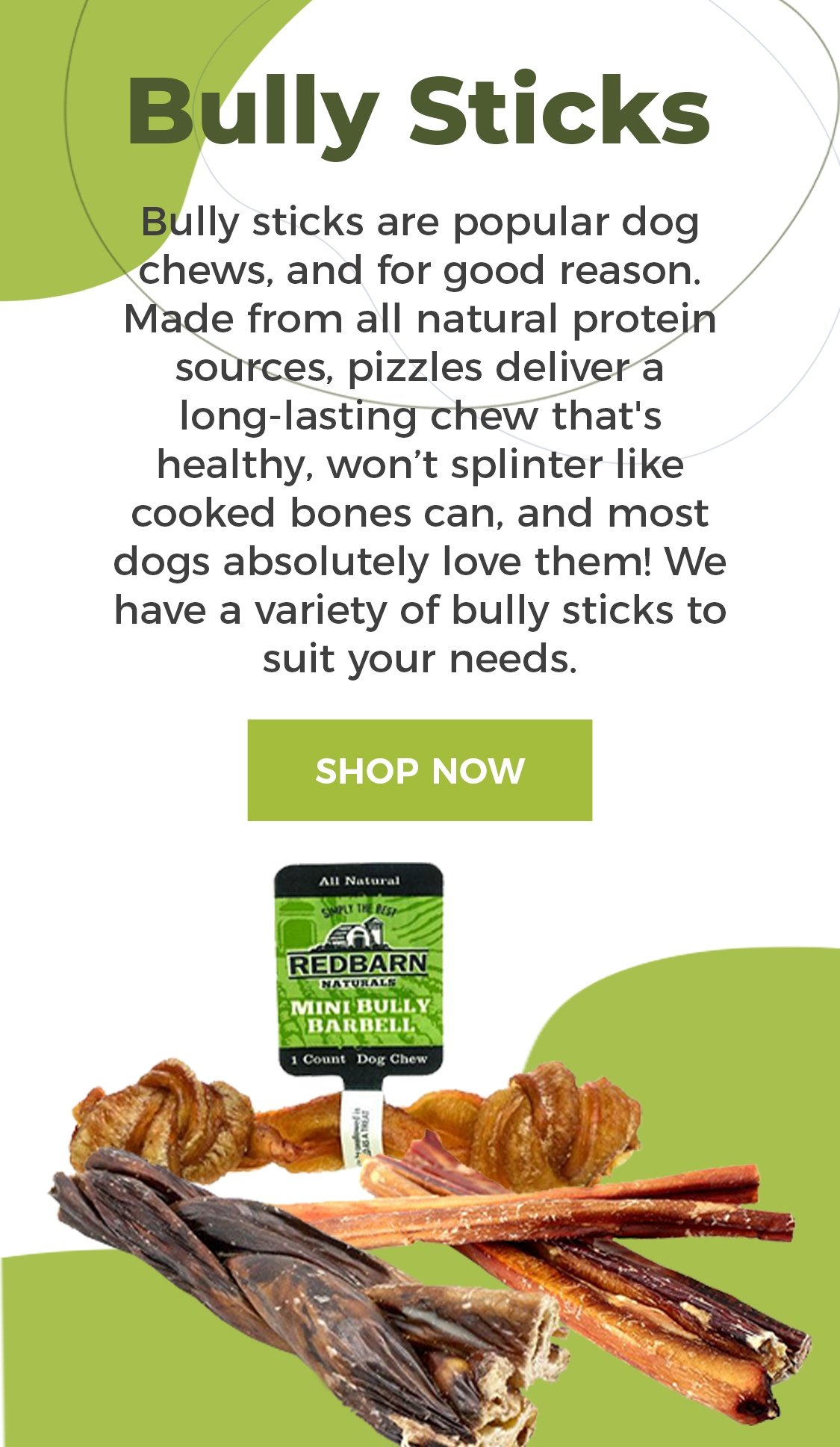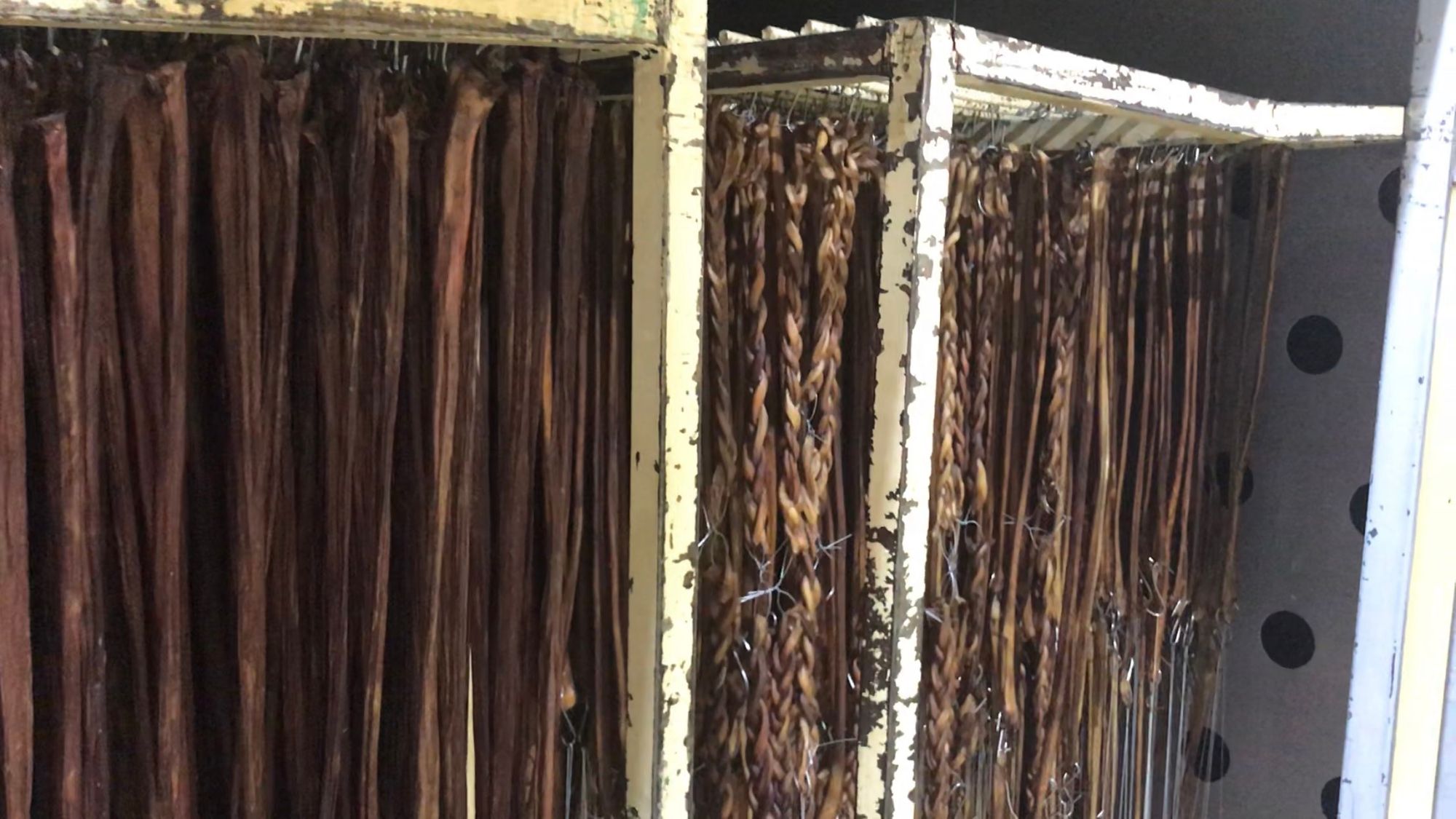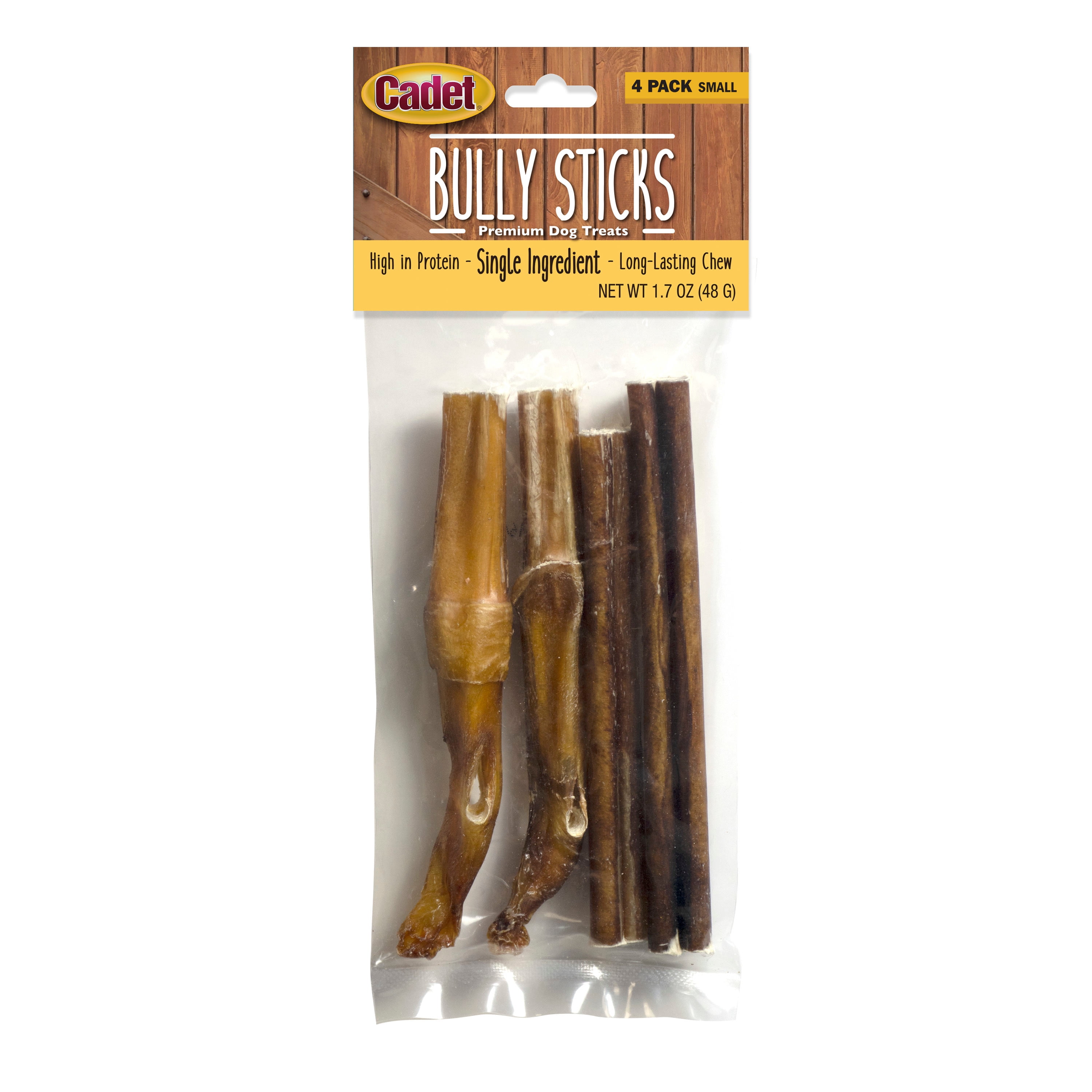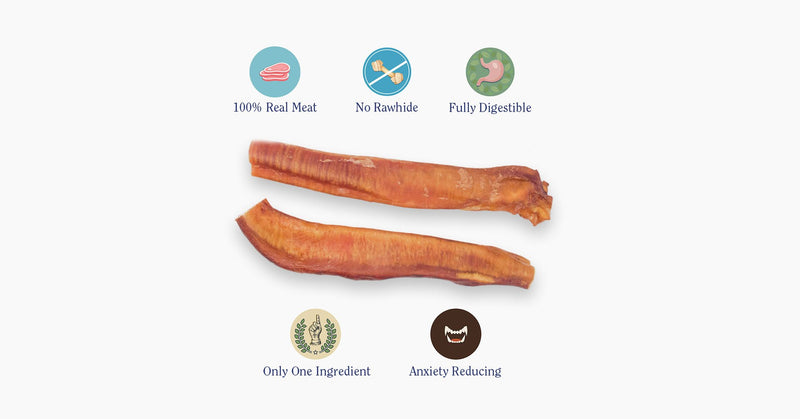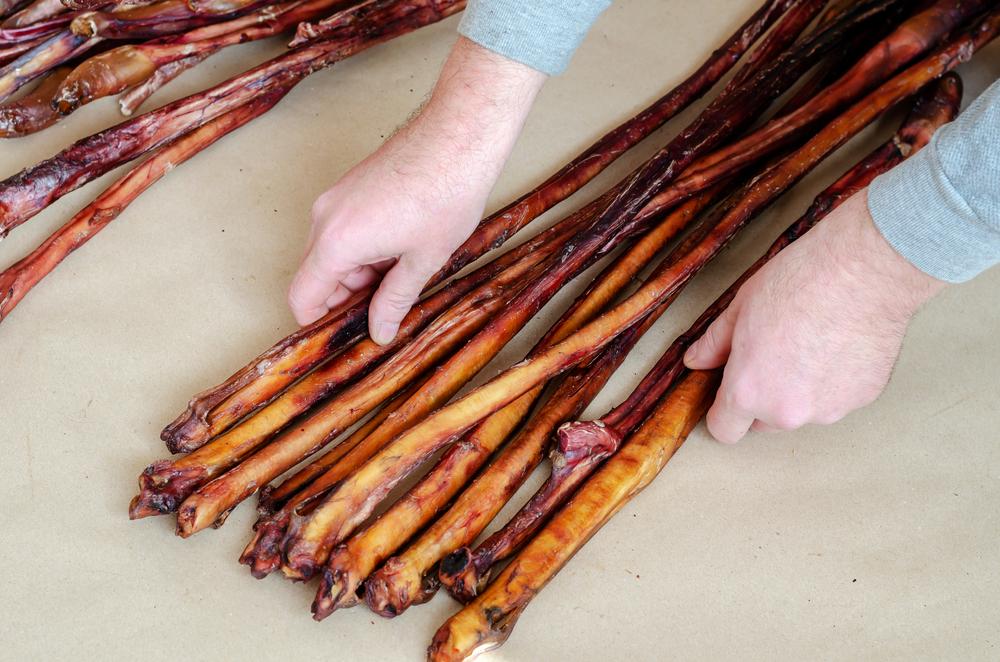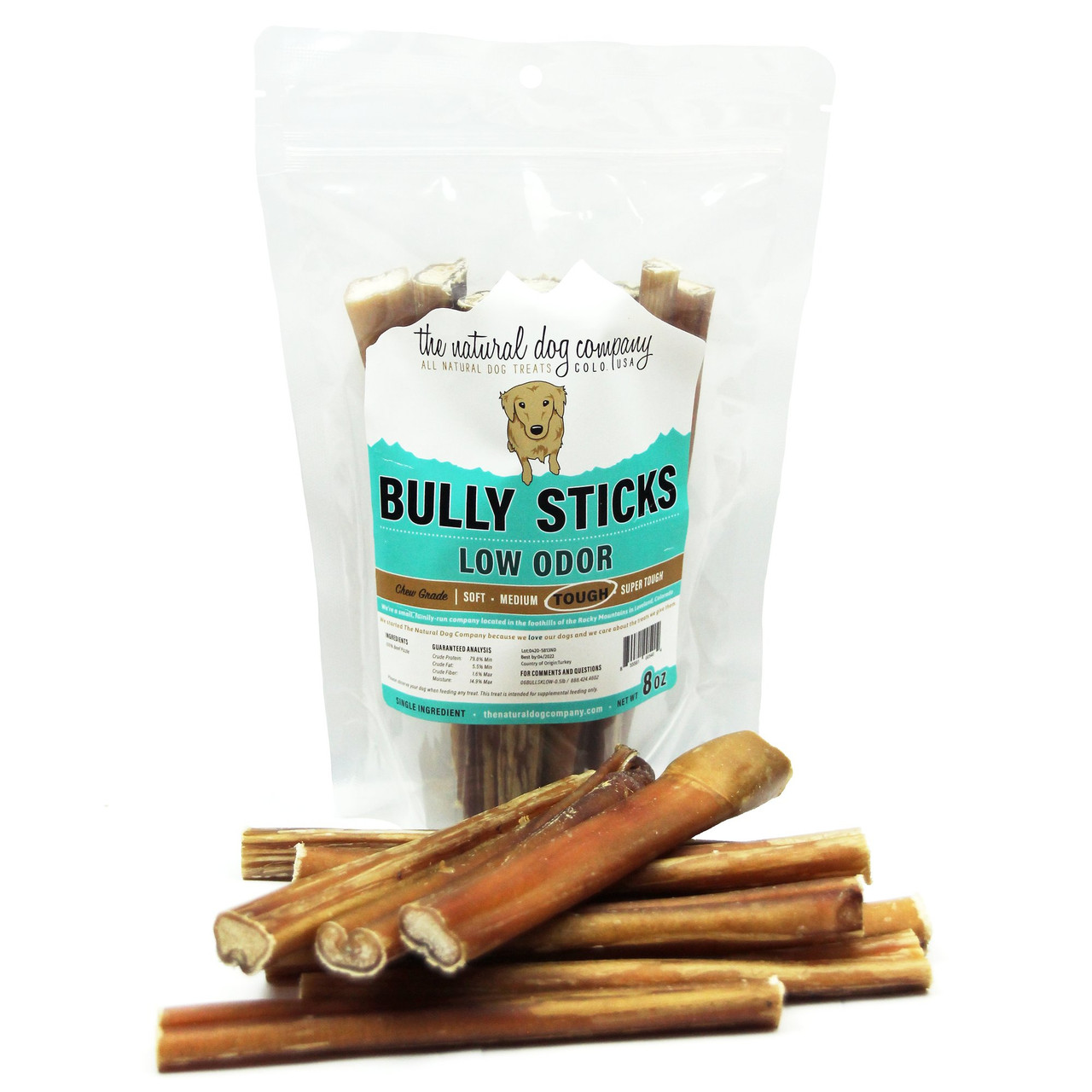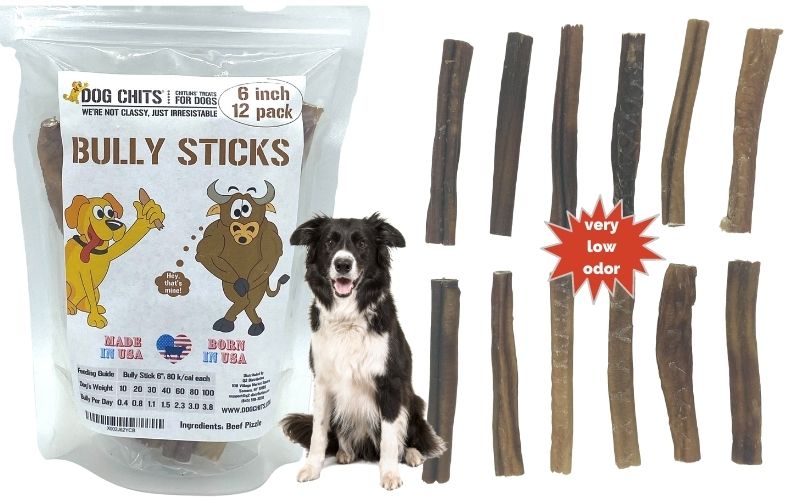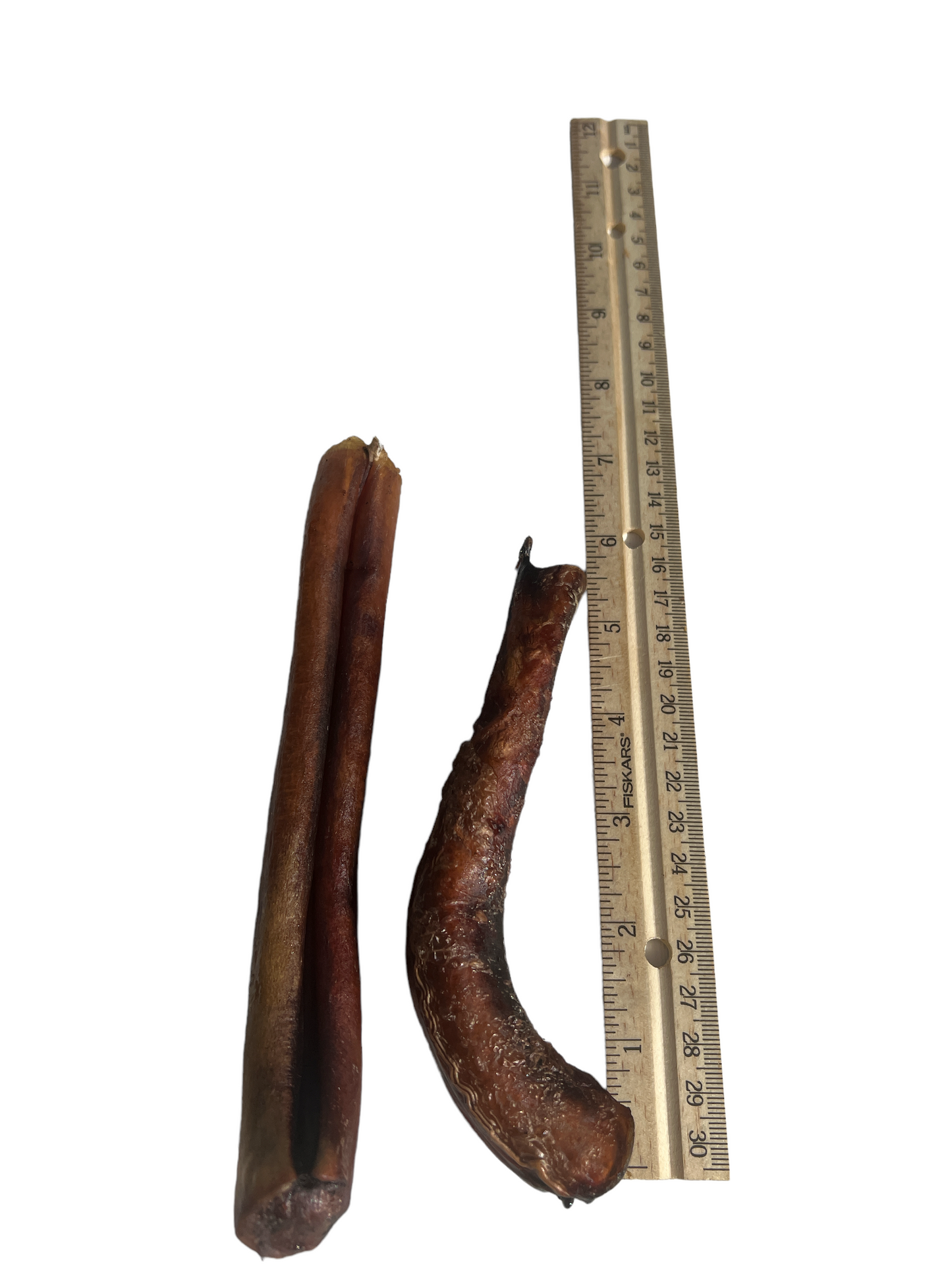How Do They Make Bully Sticks
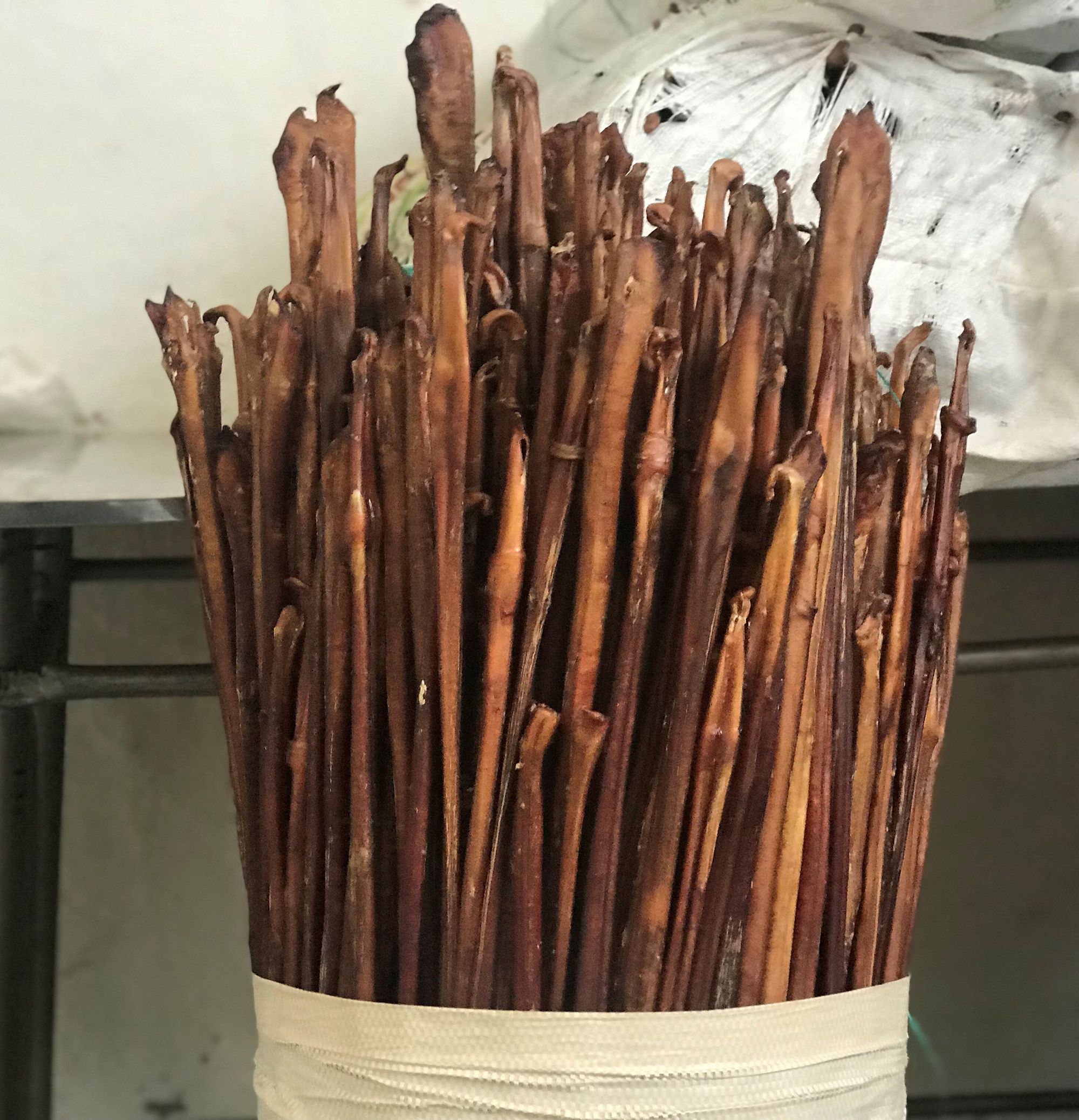
The seemingly innocuous treat, the bully stick, is a staple in many dog owners' homes. Often marketed as a long-lasting, natural chew, it keeps pets entertained and helps clean their teeth. But behind the appealing marketing lies a manufacturing process that, while simple, raises questions about hygiene, sourcing, and potential health risks.
This article delves into the often-unseen reality of bully stick production. It aims to provide a comprehensive understanding of how these popular dog chews are made, addressing concerns and offering a balanced perspective based on available industry information and expert opinions.
What Exactly Is a Bully Stick?
A bully stick, also known as a pizzle, is essentially a dried bull penis. This fact alone can be off-putting to some pet owners, but it's crucial to understand this fundamental truth before exploring the manufacturing process.
The appeal of bully sticks lies in their durability and high protein content. Dogs instinctively enjoy chewing, and the tough texture of a bully stick provides a satisfying and long-lasting chewing experience. This can help alleviate boredom and reduce destructive chewing behaviors.
The Production Process: From Slaughterhouse to Store Shelf
The journey of a bully stick begins at the slaughterhouse. After the bull is processed, the penis is removed and prepared for transformation into a chewable dog treat.
Cleaning and Preparation
The first step is thorough cleaning. The raw pizzle is rinsed and potentially soaked to remove excess blood and debris.
Some manufacturers use only water during this process, emphasizing a natural approach. Others might employ mild cleaning solutions, though regulations regarding their use vary.
Stretching and Shaping
After cleaning, the pizzle is often stretched to achieve a uniform shape and size. This process can be done manually or with the aid of machinery.
Stretching also helps to remove excess moisture and tighten the tissue. This contributes to the final product's hardness and durability.
Drying: The Crucial Step
Drying is arguably the most critical stage in bully stick production. This process removes moisture, preventing bacterial growth and creating the characteristic hard texture.
Traditionally, bully sticks are air-dried. This can take several weeks, depending on the climate and the thickness of the pizzle.
Some manufacturers use ovens or dehydrators to speed up the drying process. While faster, this method can potentially affect the flavor and nutritional content of the final product.
Optional Smoking or Flavoring
After drying, some bully sticks are smoked to enhance their flavor and aroma. This is often done using natural wood chips.
Other manufacturers might add artificial flavorings or seasonings. However, these additives are less common, as many consumers prefer a natural product.
Quality Control and Packaging
Before packaging, bully sticks undergo a final quality control check. This involves inspecting for any imperfections, such as cracks or inconsistencies in size and shape.
The sticks are then packaged and labeled, ready for distribution to retailers. Packaging typically includes information about the product's origin, ingredients, and recommended use.
Concerns and Considerations
Despite their popularity, bully sticks raise several legitimate concerns. These issues range from hygiene and sourcing to potential health risks for dogs.
Hygiene and Salmonella
One of the primary concerns is the potential for bacterial contamination, particularly with Salmonella and E. coli. Because bully sticks are made from raw animal parts, there's an inherent risk of these bacteria being present.
Proper cleaning and drying are essential to minimize this risk. However, even with careful processing, contamination can still occur.
The Food and Drug Administration (FDA) has issued warnings about the potential for bully sticks to carry harmful bacteria. They recommend that pet owners wash their hands thoroughly after handling bully sticks.
Sourcing and Animal Welfare
The sourcing of bully sticks is another area of concern. It can be challenging to trace the origin of the raw materials and ensure that they come from ethically raised animals.
Some manufacturers prioritize sourcing from grass-fed, free-range cattle. Others may rely on less transparent supply chains.
Consumers concerned about animal welfare should look for bully sticks from companies that prioritize ethical sourcing and provide detailed information about their supply chains.
Digestibility and Allergies
While bully sticks are generally considered digestible, they can pose a choking hazard, especially for aggressive chewers. It's crucial to supervise dogs while they're enjoying a bully stick and to remove any small pieces that break off.
Some dogs may also be allergic to beef. Bully sticks can trigger allergic reactions in susceptible animals.
The Future of Bully Sticks
The demand for natural dog chews like bully sticks is likely to continue growing. As pet owners become increasingly aware of the ingredients in their pets' food and treats, they're seeking out healthier and more natural alternatives.
This trend is driving innovation in the bully stick industry. Manufacturers are exploring new processing methods and sourcing strategies to address concerns about hygiene, animal welfare, and product safety.
Consumers can expect to see more transparency in labeling and increased emphasis on ethical sourcing in the future. By staying informed and choosing reputable brands, pet owners can ensure that their dogs enjoy bully sticks safely and responsibly. The industry is likely to face increasing scrutiny and regulation to ensure consumer safety and ethical practices, potentially leading to more standardized production methods and stricter quality control measures across the board. This could involve mandatory testing for pathogens and greater transparency regarding sourcing and processing. Ultimately, the future of bully sticks hinges on the industry's ability to address consumer concerns and prioritize the health and well-being of both pets and the animals from which these treats are derived.

